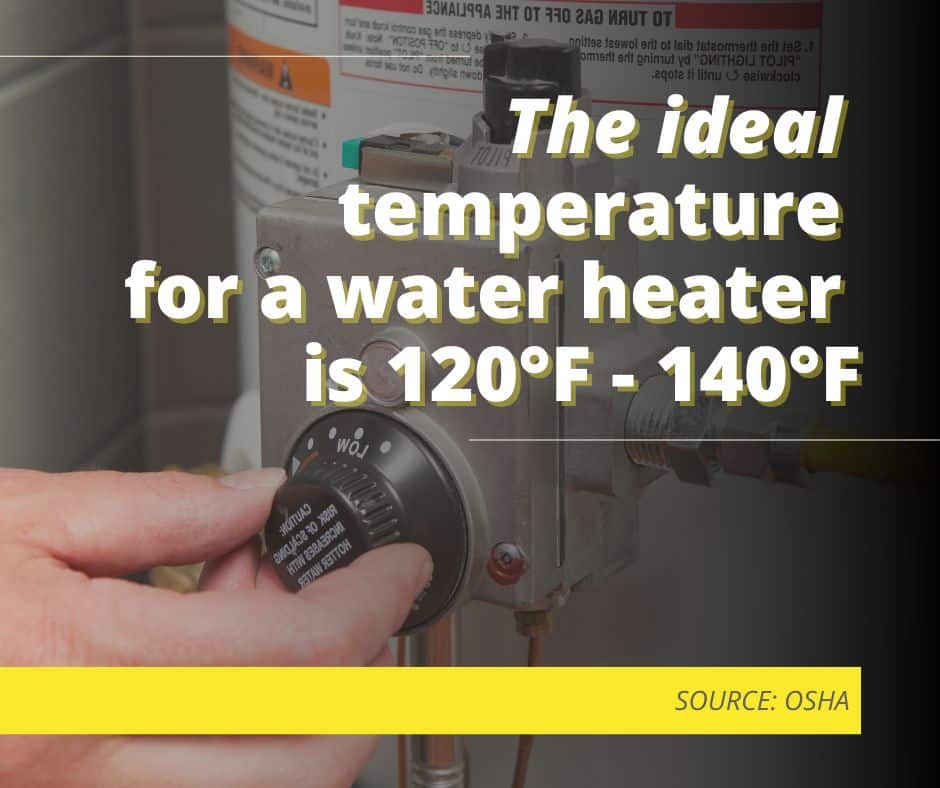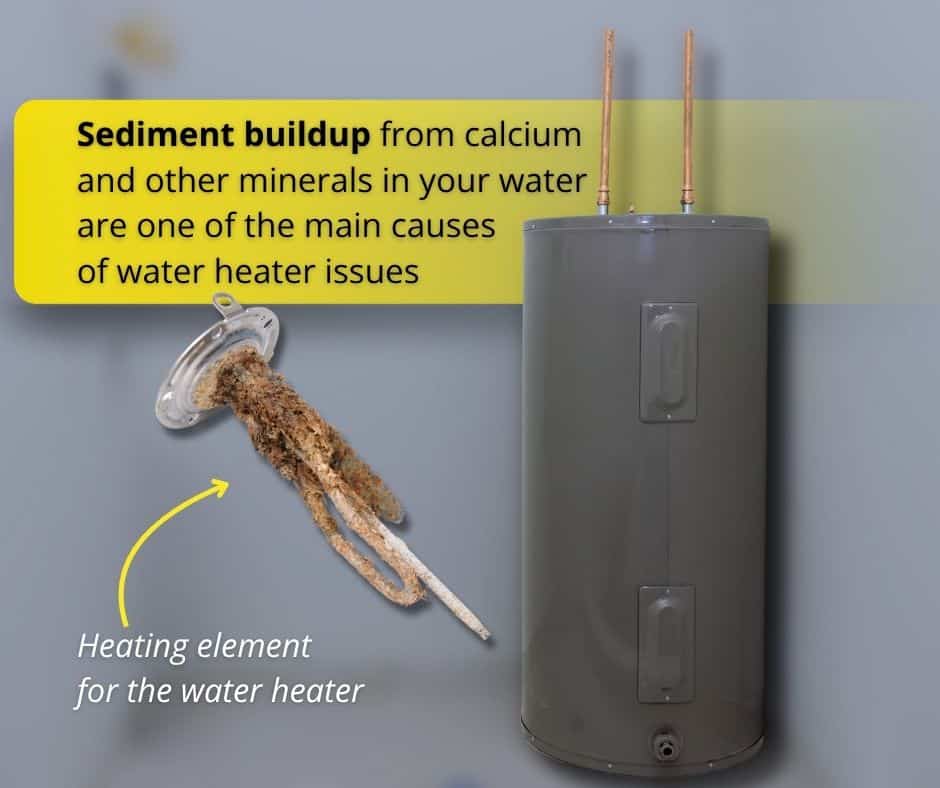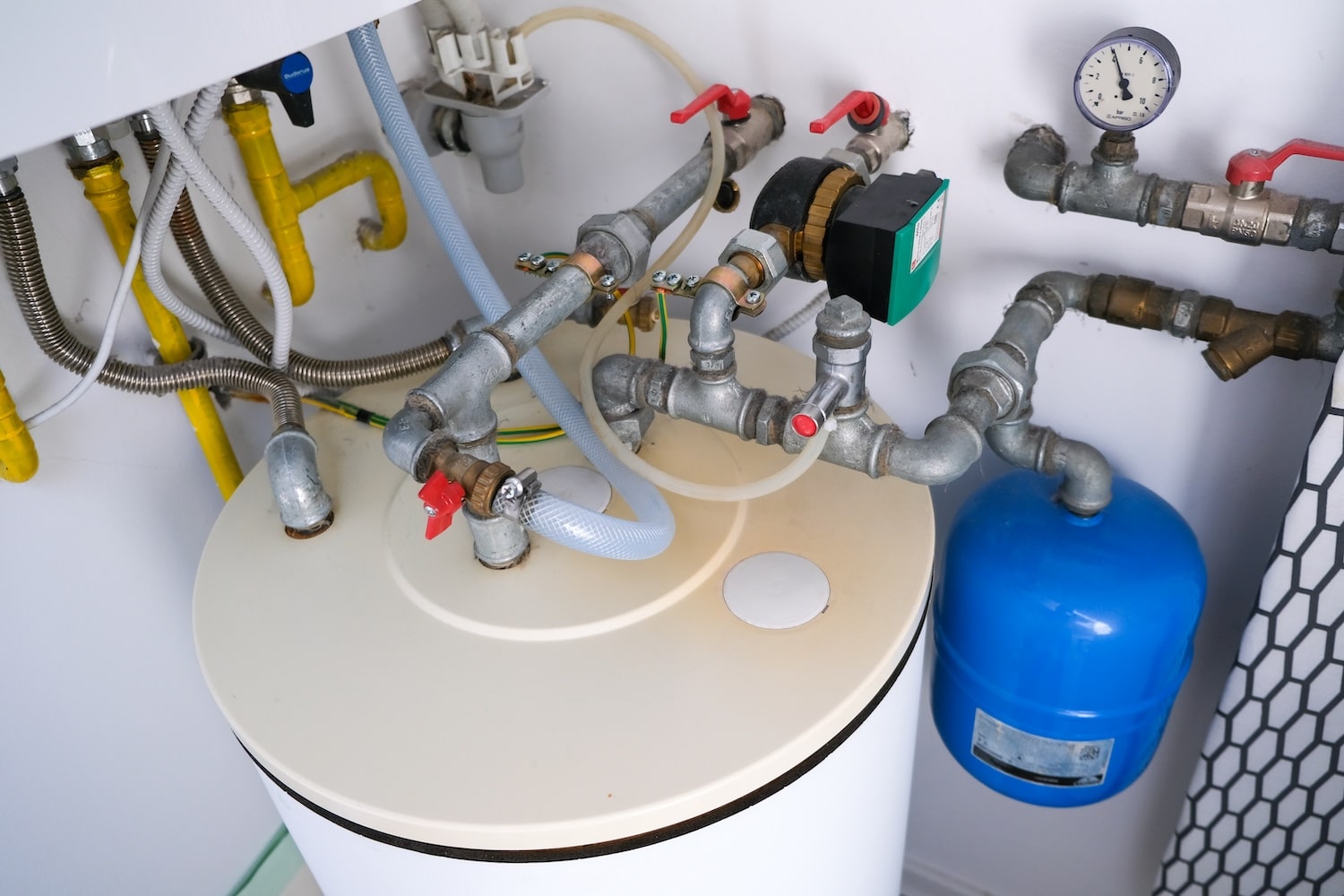Hot water is something we depend on every day. When it suddenly stops working or doesn’t last, it usually means there’s a problem with your water heater, plumbing, or home setup that needs attention. If you’re asking why the water is not getting hot or staying hot, the answer depends on a few key details.
This guide covers the most common causes, what you can check on your own, and when to bring in a professional.
Start with the Basics
Before you assume the worst, start simple. Some of the most common causes of hot water issues are easy to overlook.
- Check the power or fuel source
If you have an electric water heater, look at the circuit breaker. A tripped breaker cuts off power. For gas systems, check the pilot light and make sure it’s lit. - Look at the thermostat setting
If the water is lukewarm but not hot, the thermostat might be set too low. Most are set around 120 degrees Fahrenheit by default. - Inspect for visible leaks or corrosion
Signs of water around the base of the heater or rust on the tank could indicate a bigger problem. That’s something a professional should inspect right away.
These quick checks can rule out small issues and help you decide what to do next.

Why Your Water Isn’t Getting Hot
If everything looks fine on the outside, there may be something going wrong inside the system. Common reasons include:
- Sediment buildup
Minerals from your water supply settle at the bottom of the tank over time. This makes it harder for your system to heat water and reduces your total hot water supply. - Broken heating elements or gas valves
In electric systems, the heating element might have failed. In gas units, the gas valve or thermocouple may be faulty. - Dip tube issues
The dip tube sends cold water to the bottom of the tank so it can be heated. If it breaks, cold water mixes with the hot at the top, leaving you with inconsistent or cold water. - Thermostat failure
If the thermostat inside the tank isn’t working correctly, the water may not be heating up to the temperature it’s supposed to.
Any of these can cause your water to stop heating properly, even if the unit is still running.
When Hot Water Doesn’t Last Long
If your water gets hot but doesn’t stay hot, that can point to a different issue.
One of the most common causes is simply that the tank is too small. If your household is using more hot water than the tank can hold, you’ll run out fast. This is especially common after new installations or home upgrades, like adding a second bathroom.
Another possible reason is sediment. If your tank hasn’t been flushed in a while, sediment buildup could be taking up space and leaving you with less hot water to use.
In some cases, it’s a faulty mixing valve or broken shower fixture that causes the temperature to drop mid-use.
What If It Only Happens in One Room?
If the problem only shows up in a specific bathroom or faucet, the issue probably isn’t with your water heater.
You might be dealing with:
- A clogged aerator or cartridge in the fixture
- Corroded pipes leading to that room
- Crossed plumbing lines causing cold water to enter the hot side
If hot water works everywhere else, it’s likely a plumbing issue, not a heater failure.
What to Know About Tankless Systems
Tankless water heaters work differently, so the problems look different, too. These units heat water only when it’s needed, which makes them efficient but also more sensitive.
Here’s what to check if your tankless heater isn’t delivering:
- Look for any error codes on the control panel
- Make sure water, gas, and power are all connected and flowing
- Confirm the unit has been flushed within the past year
Hard water can cause scale to build up inside a tankless unit. That buildup can block the system and prevent it from heating water correctly.
Annual descaling is usually recommended, especially in areas with mineral-heavy water.
Should You Repair or Replace?
Water heaters usually last about 8 to 12 years. If yours is newer and the issue is small, a repair might be enough. But if your unit is older and multiple things are starting to break, it might be time to consider replacing it.
Typical cost ranges:
- Minor repair: $150 to $400
- Replacement: $800 to $2,000 or more, depending on size and type
A professional inspection can help you figure out which option makes more sense.

Other Smart Maintenance Tips
Preventing problems is often easier than fixing them. A few simple steps each year can extend your system’s life and improve efficiency:
- Flush your tank once a year to remove sediment
- Check the anode rod every few years to prevent corrosion
- Insulate pipes to help hot water stay hot
- Use a basic kitchen thermometer to test water temperature at your taps
Most water heaters should deliver hot water around 120 degrees Fahrenheit. If it falls below that consistently, it’s time to take a closer look.
When to Call a Professional
Not every hot water issue requires a full repair, but some problems can point to deeper concerns with your plumbing or electrical system. That’s where a home inspection comes in.
You should contact a professional if:
- Your water still isn’t hot after basic troubleshooting
- The unit is leaking, rusting, or making strange noises
- You’re noticing electrical or gas-related issues
- The system is over 10 years old and underperforming
Inside & Out Inspections Plus can help you get to the bottom of what’s really going on. Sometimes it’s a water heater issue.
Other times, it’s connected to plumbing, wiring, or even insulation problems that affect water temperature across the home. We look at the full picture so you can make smart, informed decisions.
Conclusion
When your water isn’t getting hot or won’t stay hot, the solution might be simple, or it might be a sign of something bigger. Either way, ignoring it won’t make it better. Whether you need to flush the tank, replace a part, or uncover a hidden plumbing issue, starting with a proper inspection is the smartest first step.
Schedule your inspection with InsideOut Plus today to get clear answers and practical solutions for your hot water issues.


